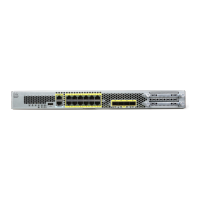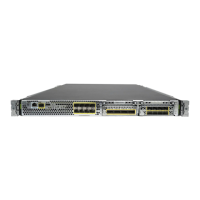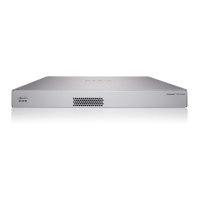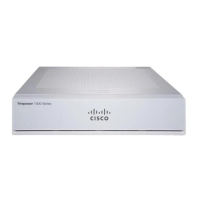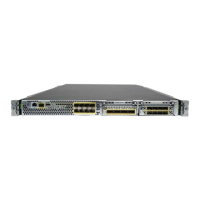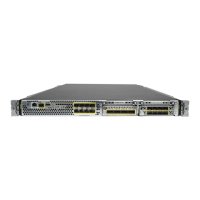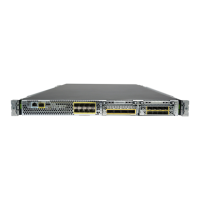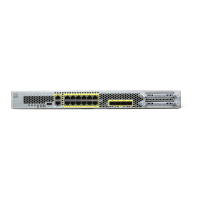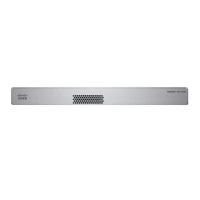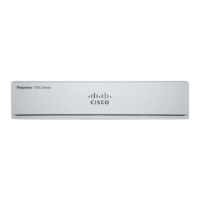Index
IN-2
Cisco Security Appliance Command Line Configuration Guide
OL-10088-01
scheduling activation 16-17
standard, adding 16-9
types 16-2
use in classifying QoS traffic 24-4
WebVPN username connections 30-80
access ports 4-9
ACEs
See access lists
Active/Active failover
about
14-9
actions 14-13
command replication 14-11
configuration synchronization 14-11
configuring
asymmetric routing support
14-34
cable-based failover 14-26
failover criteria 14-33
failover group preemption 14-32
HTTP replication 14-32
interface monitoring 14-33
LAN-based failover 14-28
prerequisites 14-26
virtual MAC addresses 14-33
device initialization 14-11
duplicate MAC addresses, avoiding 14-10, 14-34
primary status 14-10
secondary status 14-10
triggers 14-12
Active/Standby failover
about
14-6
actions 14-8
command replication 14-7
configuration synchronization 14-7
configuring
cable-based
14-18
failover criteria 14-25
HTTP replication 14-24
interface monitoring 14-24
interface poll times 14-36
LAN-based 14-20
prerequisites 14-18
unit poll times 14-36
virtual MAC addresses 14-25
device initialization 14-7
primary unit 14-6
secondary unit 14-6
triggers 14-8
Active Directory, settings for password
management
30-24
Active Directory procedures E-19 to E-22
Adaptive Security Algorithm 1-4
admin context
about
3-2
changing 6-13
administrative distance 9-2
Advanced Encryption Standard (AES) 27-3
AIP SSM
about
22-1
checking status 22-13
configuration 22-2
initial setup 22-4
loading an image 22-14
sending traffic to 22-2
support A-9
alternate address, ICMP message D-15
Application Access Panel, WebVPN 37-32
application access using WebVPN
and e-mail proxy
37-49
and hosts file errors 37-18
and Web Access 37-49
configuring client applications 37-48
enabling cookies on browser 37-48
group policy WebVPN attribute 30-64
privileges 37-48
quitting properly 37-19
re-enabling 37-19
setting up on client 37-48
username WebVPN attribute 30-81

